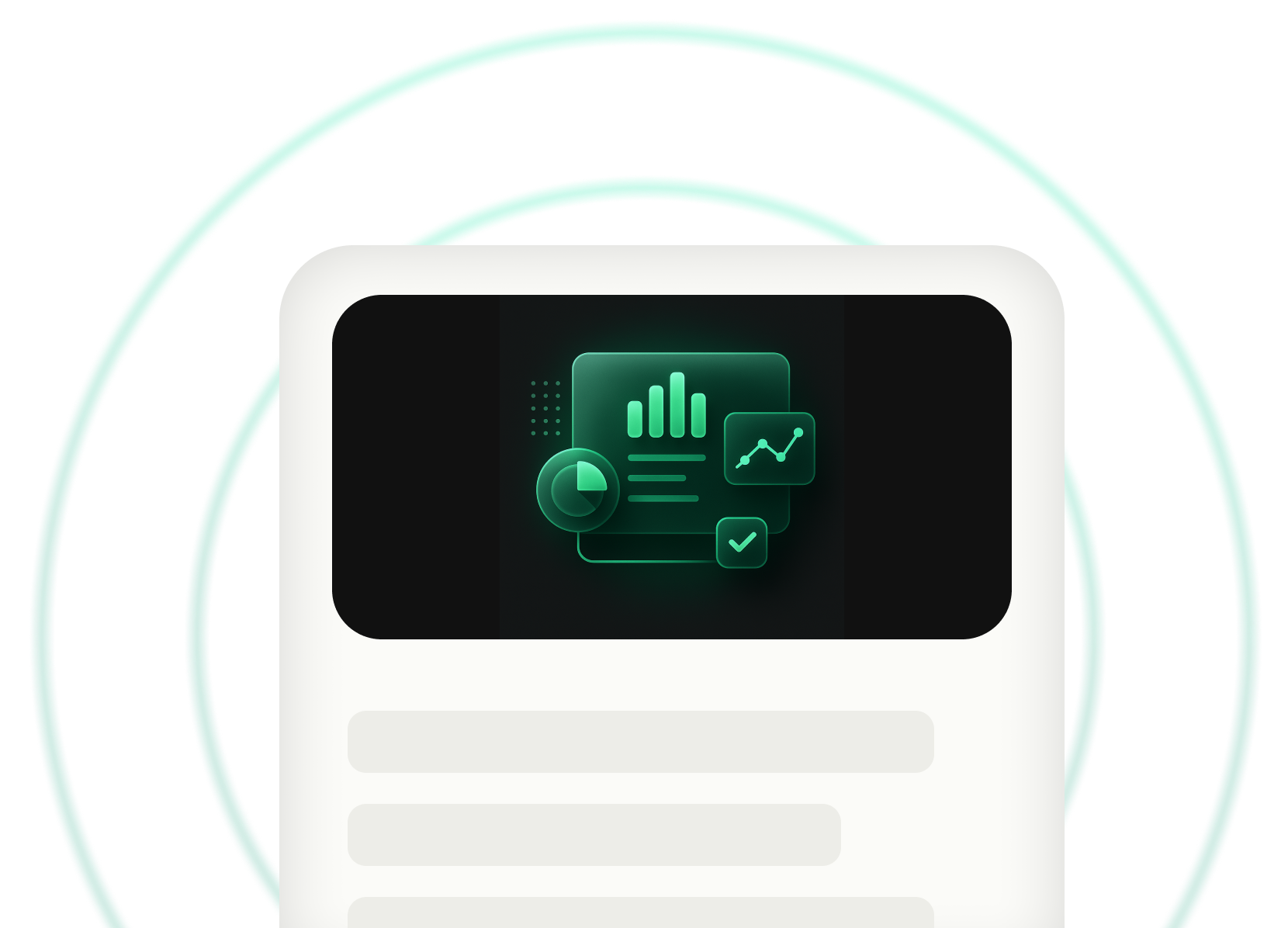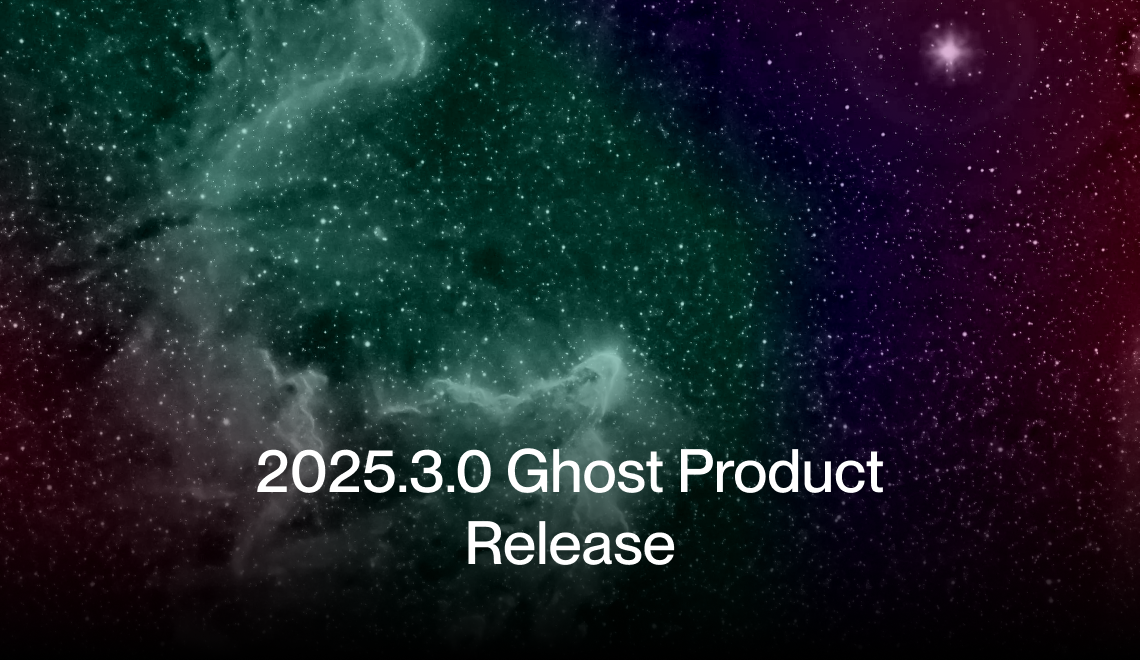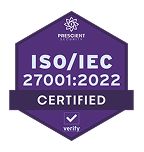Sharpening Your Vision - The Right Edge Computing Platform

Finding an Edge in IoT
IIoT is maturing rapidly, and IT Directors and Architects everywhere are leaping, pushing, and dragging their business into the internet of things world with new capabilities and optimizations. As they implement the technology around these solutions, we begin to see gaps in original understanding of how the device to server communication comes together with your standard iot cloud platform.We quickly learn that our industrial environments place unique demands on the basic two-tiered architecture espoused by the major cloud vendors. Demands that home-based consumer devices like doorbells, lights, and voice assistants never encounter. Two areas that have been overwhelmingly obvious to those charged with connecting their operation machines to their back office and cloud offerings are fragility and the cost of simply sending everything to the cloud.The need to bring a little IT or cloud know-how into the operation environment becomes glaringly obvious when considering factors like operational uptime (something COO's get fired for when its less than 100%), data leaks (something CIOs get fired for when confidential information leaks), or uncontrolled costs (something CFOs get fired for, provided your business survives).As such, we have seen the IoT Edge and more importantly, IoT Edge Computing Platforms take their rightful place in the Industrial Internet of Things world. The marketplace whose users at one point only utilized an iot cloud platform, is beginning to fill up with Edge computing offerings, but understanding the capabilities of each one is a time-consuming activity. Rather than matrix out every possible technical feature, let's look at the 5 areas where the edge computing platform should give your industrial business units and iot solutions some value.
Brownfield Support
IoT devices love to communicate with new protocols like BLE, Zigbee, NFC, and Thread. Yet, when getting started with IoT in an industrial environment that demands iot solutions, it immediately becomes a question of how can we connect to the machines and data we already have. Even brand-new factories are filled with tried and true pieces of equipment and machines that are often already long in the tooth and communicating over legacy protocols.For IoT Solutions to add value, they must connect to those protocols like MODBUS, OPC, DNP3 and integrate that information into a larger solution. An Edge Computing Platform will attack this challenge not by simply ingesting data from all of these protocols, but by communicating bi-directionally. This means that your Edge Computing Platform becomes the standard mechanism in which an Allen Bradley OPC-UA, and Johnson Controls BACNET, share and react to information available via JD Edwards or Maximo SOAP services. The right Edge Computing Platform for the problems in our IoT world should be designed to support the reality of your environment which inevitably is composed of brown and greenfield software and devices.
Durable Future Proof Deployments
Underneath every IoT solution and any functionality that solution provides resides an often complex deployment process. IoT stretches the current enterprise deployments beyond their normal server upgrade cycles. With IoT, diverse devices need new Over-the-Air (OTA) firmware updates, the applications need to send more or fewer data back to the cloud, the monetization strategies need to change with the business demand, and IoT AI models must be updated with new and improved findings that are beyond the scope of a regular iot cloud platform. This represents a huge amount of complexity that for an industrial solution holistically looks like device management, application management, and network management in one bundle. An Edge Computing Platform should make this problem easier, by automating standard tasks like application logic and behavioral updates.The Edge Computing Platform should provide tools for device management across whichever ecosystem you need to engage. Edge Platforms should give visibility into devices and layers of the network that are beyond their control, allowing for enterprise iot solution managers to be aware of tasks and risks to their environments. Ultimately, Edge Computing Platforms should make deployment easy and a core part of the development lifecycle such that maintaining a solution is easier done by keeping things up to date rather than at the status quo.
Security
Whether you focus on technology or operations there is no doubt that security weighs heavy on you and your organization as a fundamental requirement. In any industrial or enterprise IoT solution, security technology must be applied at many layers, including hardware physical access, inbound device protocols, network layers, application security models, and 3rd party trust integration just to name a few. Industrial and enterprise Edge Computing Platform software should enlighten and educate your development teams about best practices and strategies for implementing security through all of these layers.Additionally, the Edge Computing Platform should force explicit security decisions early in development to make sure security is a first-class consideration. That means that as your solutions ingest data from SNMP protocols, they should immediately be encrypted. It means that when your gateways connect or start-up they should integrate with the hardware etched certificates on the device in protected memory. It means that edge processes should connect to cloud services with mutual 3rd party trust. It means that devices, no matter how simple, should be granted roles with limited authority for only doing the necessary actions.The Edge Computing Platform should allow for securing data both at rest and in motion. It should give you the ability to deactivate and decommission devices that are no longer considered secure in your iot edge gateway. Finally, the Edge Computing Platform should produce audit trails and events that make it possible to identify threats as they happen in real-time.In the end, any Edge Computing Platform should allow the developers of your industrial or enterprise iot solutions to build a security infrastructure that would stand up to any enterprise infosec review in a clear, ordered way.
Data Management (shadows, cleansing, streaming)
Much of what happens in early IoT solution pilots is simply about pulling the state of a sensor and sending it to a server. Done well and in real-time, we start to call this mirroring of state device shadows. Rapidly, device shadows become inadequate as we look towards the future and mature our solutions.First, we want the ability to quickly groom and cleanse the data before it is shadowed to the iot edge platform, managing our costs of communications and compute. Next, we need the ability to enhance and synchronize derived datasets whether they are analytics, application state, or other necessary data elements of our application beyond simple device state. Finally, we find the need to go beyond shadows to full data and state replication around our entire IoT solution. This results in our device state being available online and offline for our factories, warehouse, back office, cloud, and corporate headquarters via a constant intelligent synchronization process.
Real-time Actionable and Visualization
In the end, any Industrial solution must find a way to make a process faster, safer, or more profitable for it to be valuable to your business. These optimizations must enable machines, workers, and systems to increase efficiency, improve uptime, and deliver increased awareness by reacting faster to problems in production, predicting future failures based on previous learnings, and automatically warn and alert staff to dangers and threats. This actionable, hardened state of IoT means that systems must intercommunicate in low latency fashion, be immune to network outages, and present only the necessary information at the right times in the right locations.Such a challenge should again be addressed by IoT Edge Computing Platforms, giving industries the ability to have full offline capability, rich visualizations for multiple form factors, and bidirectional normalization and denormalization of information. Industrial IoT solutions with an Edge Platform component deliver significantly deeper ROI by optimizing processes and creating resiliency.As with each emerging wave of technology the IoT world is continuing to mature rapidly. Factories looking to optimize production, construction yards looking to increase safety, and remote assets looking to increase uptime all stand to make huge gains with IoT capabilities.At ClearBlade we are incredibly excited by what our customers are already doing and the power they have at the edge for what they plan to do next. We invite you to check out our ClearBlade IoT Edge platform and see how it can achieve your IoT vision.

.webp)
ClearBlade Monthly Newsletter
News, trends, and true stories of IoT, Edge AI and connected Digital Twins in action.













.svg)











